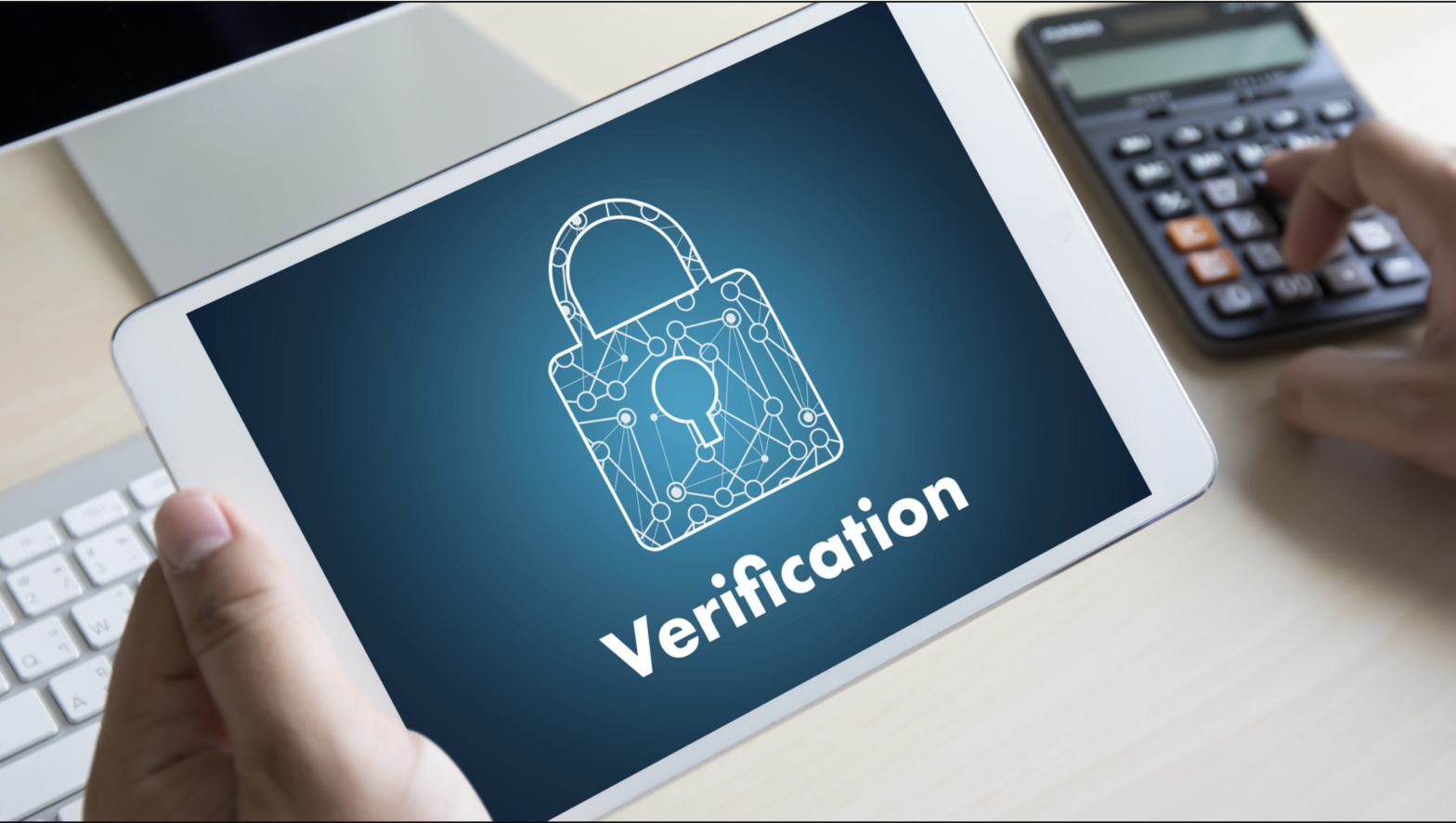

Let’s consider if some person wants to open a new account in a bank or wants to sign up for a new online service. A person should have accurate information and one should avoid giving false information. Here comes the document verification process in KYC. Official documents should be provided such as a passport, ID, or driving license. The company will review these documents to verify your health. It is related to a situation where a teacher asked for a school ID and made sure that you were a student.
Now imagine someone trying to enter your school with a fake ID. This is what the KYC document verification process helps to prevent in the business world. The reliability of this is to the guard who is at the gate of the school to make sure that everyone who enters should give reliable information and follow the rules. Things are kept safe in the digital world by KYC document verification which ensures that you are what you are.
Table of Contents
The legitimacy of documents such as driving licenses, passports, or ID cards is ensured by document verification. This process is essential for companies dealing with high-value transactions and money flow. This means that financial institutions such as banks or cryptocurrencies need to check documents to find out who their customers are and who they are doing business with. Companies typically verify documents by examining the digital and physical characteristics of the document, including its security features, format, and other information such as the MRZ (machine readable zone).
The document verification process includes the following steps:
Nowadays, companies are getting better at document verification. They use advanced technology such as computers that can learn and make decisions on their own. This means they can check papers and IDs much faster than before, without the need for many people. It’s like upgrading to a super-fast computer that gets the job done quickly. This smart approach saves a lot of time and money and makes the job easier for everyone. Therefore, companies are entering a new era of innovative technology to quickly and efficiently check documents.
An effective document verification process ensures that the information is correct and reliable. This is critical for legal documents and highly regulated, data-intensive industries where attention to detail is essential and mistakes can have serious consequences, such as fines for compliance issues.
During the document verification process, each step of the process is reviewed by the team before and after the task is completed. By reviewing the data, they can gather the information they need to do their job well and pass that knowledge on to the next person.
Document verification process proactively identifies potential problems, allowing time to take corrective action. For example, the process of reviewing legal documents may reveal issues such as renewal policies that need to be discussed by the legal team and other stakeholders before the document is signed. This step protects your company from serious consequences that may arise later.
The document verification process ensures that everyone knows what to do and how to do it. A good assessment process will highlight potential problems and possible solutions to eliminate hiccups.
Members of most organizations must follow specific rules, regulations, or guidelines. The document verification process confirms that the company‘s information meets these requirements, reducing the risk of non-compliance.
Looking to the future, document verification is expected to undergo significant change, both through technological progress and changes in the world. AI and ML are expected to play a more central role in online document analysis and more. These technologies improve accuracy rates, reduce human error, significantly reduce fraud, and help prevent fraud.
As the world becomes more connected, this will lead to greater progress in cross-border trade and global services. Although the future of the document verification process looks bright, full of new technologies that promise security and great efficiency, the journey requires continued attention, change and cooperation between companies and governments.
Sign up to receive our email, delivering the latest stories straight to your inbox.
